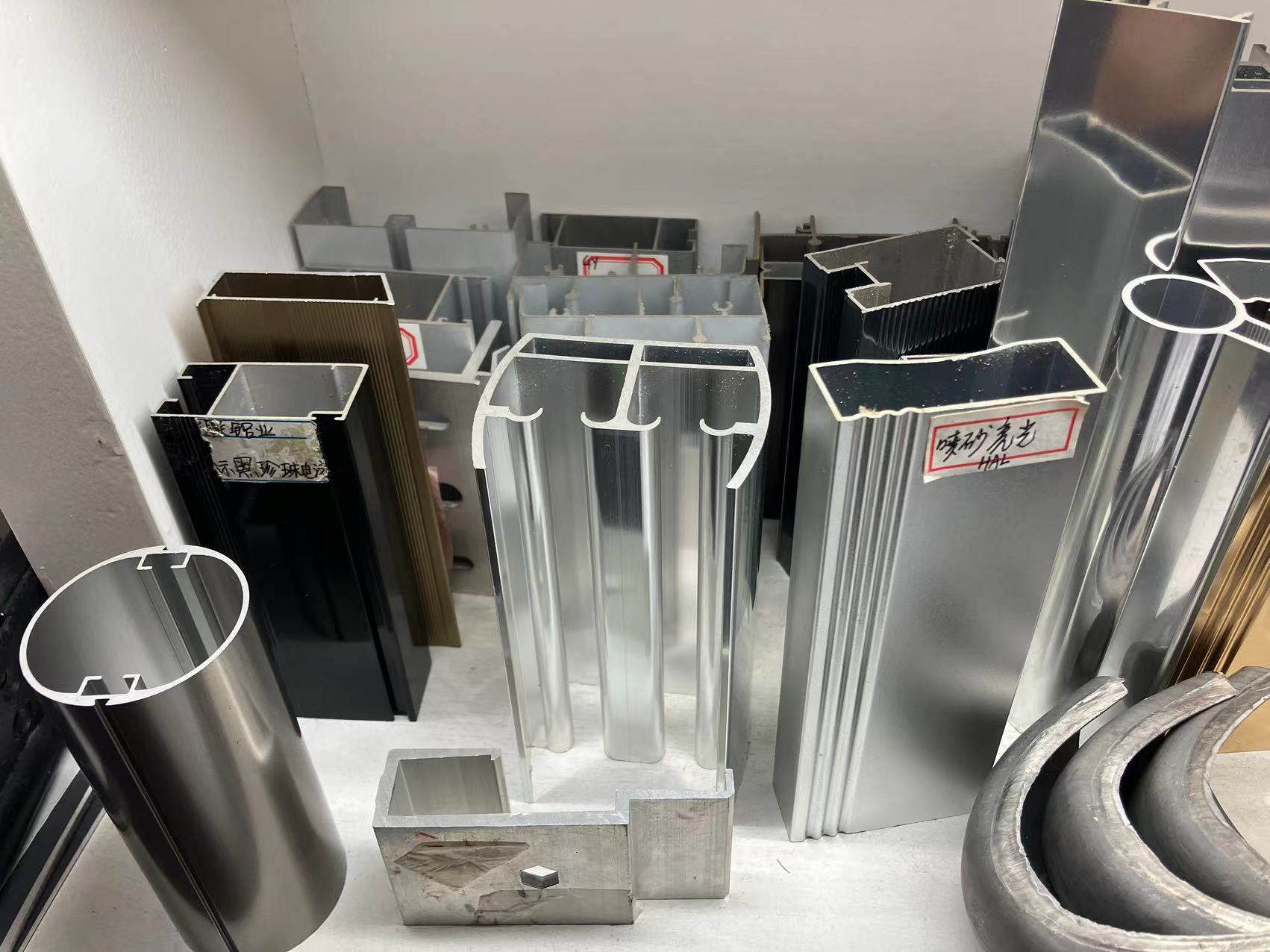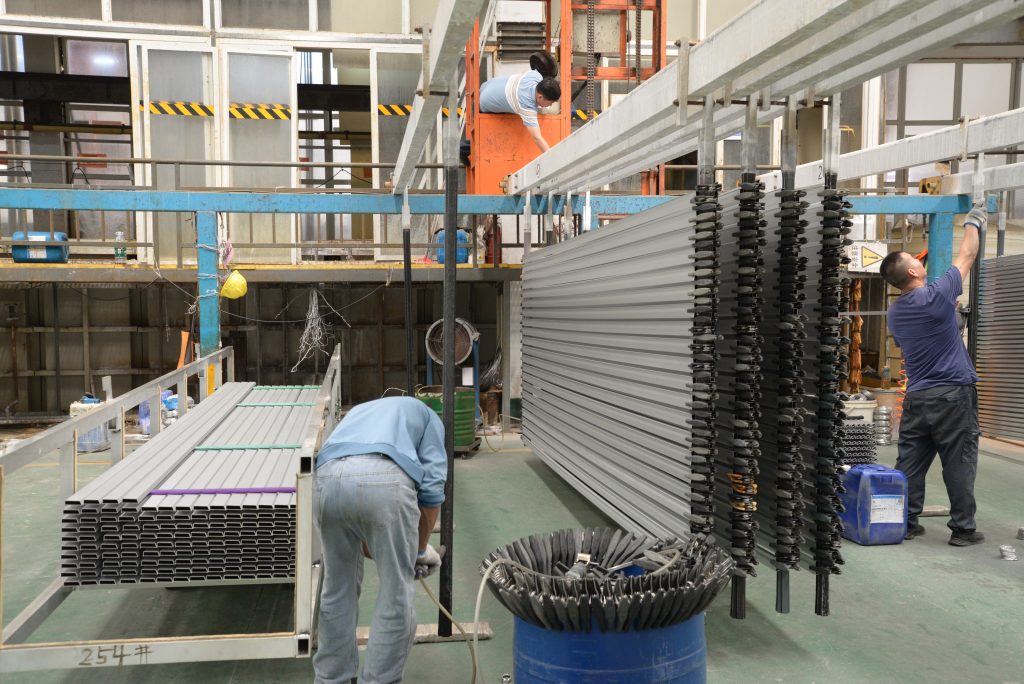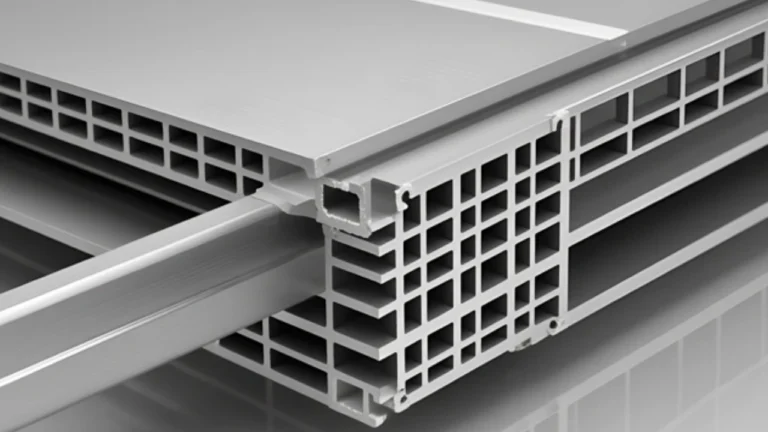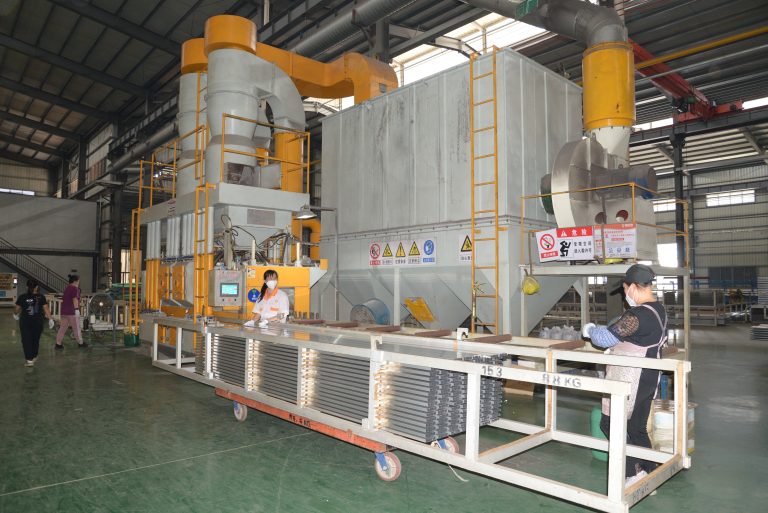Common Problems and Solutions of Aluminum Extrusion

Aluminum extrusion shapes heated aluminum by pushing it through a die. This process is fast and flexible, but problems often appear. Surface marks, bends, and uneven flow are common issues.
These problems can happen for several reasons. Temperature changes, dirty or damaged dies, and pressure mistakes are frequent causes. Even small errors can affect the final product.
This article lists the main problems in aluminum extrusion. It explains why they happen and how to fix them. If you want smoother surfaces and straighter profiles, keep reading. This guide will help you spot trouble early and solve it fast.
1. Extrusion Deformation
Extrusion deformation means the aluminum profile comes out twisted, bent, or cracked. This problem often starts with weak aluminum or poor machine settings.
Main causes:
- The aluminum alloy is too soft.
- The extruder runs at the wrong temperature or pressure.
- The die design is not accurate.
Simple solutions:
- Increase the extruder’s temperature and pressure. This helps the aluminum move smoothly.
- Use a precise die. A better die keeps the shape steady.
- Pick a stronger aluminum alloy. Stronger metal resists bending and cracking.
Watching aluminum extrusion is like seeing dough pushed through a pasta maker. If the dough is too soft or the machine is off, you get a mess. The same goes for aluminum. The right settings and good material keep everything in shape.
2. Thermal Cracking
Thermal cracking means the aluminum profile splits because of uneven heat.
Main causes:
- The extruder temperature is too high.
- The aluminum alloy does not transfer heat well.
- The mold temperature is not even.
How to fix it:
- Lower the extruder temperature.
- Use an aluminum alloy with better heat transfer.
- Keep the mold temperature steady.
Think of it like baking. If your oven heats unevenly, your bread cracks. Aluminum does the same. Even heat keeps the profile smooth.
3. Air Bubbles on Aluminum Extrusion Surface
Air bubbles form on aluminum profiles when trapped gas cannot escape.
Main causes:
- Air stays inside the aluminum.
- The extruder does not remove oxygen well.
- Exhaust pipes are blocked.
How to fix it:
- Adjust the aluminum alloy mix to improve oxidation resistance.
- Check the extruder and mold. Clear any blockages in the exhaust system.
- Increase extrusion speed or add head vibration to help release trapped air.
Think of air bubbles like unwanted guests at a party. Give them a way out, and your surface stays smooth.
4. Insufficient Hardness of Aluminum Extrusions
Insufficient hardness means the aluminum profile bends or breaks too easily. This makes it risky for building use.
Main causes:
- The aging or holding time is too short or too long.
- The aluminum alloy mix is off. Extra elements can weaken the metal.
- The extrusion temperature is too high or too low.
- The mold design does not support proper shaping.
How to fix it:
- Follow the correct aging and heat treatment times.
- Check the alloy mix. For example, 6063 aluminum needs at least 1.2% silicon.
- Set the right temperature and speed for the extrusion machine.
- Improve the mold design. Test and adjust as needed.
Think of hardness like the backbone of your aluminum. If you skip steps or use the wrong mix, your profile might flop like a soggy noodle. Stick to the right process, and you get strong, reliable parts every time.
5. Dimensional Inaccuracies
Dimensional inaccuracies mean the aluminum profile does not match the target size or shape.
Warping and Twisting
Causes:
- Uneven cooling bends the profile.
- Poor handling adds stress.
Solutions:
- Cool the profile evenly and slowly.
- Straighten the profile after extrusion if needed.
- Handle profiles carefully at all stages.
A twisted profile is like a crooked yardstick. It never lines up right.
Size Variations
Causes:
- Worn dies change the profile size.
- Inconsistent speed or temperature affects shape.
Solutions:
- Keep extrusion speed and temperature steady.
- Check and replace worn dies.
Think of size control like making pancakes. If your pan is uneven or your batter changes, your pancakes come out in all shapes and sizes. Consistency makes every profile fit.
6. Inconsistent Material Properties
Inconsistent material properties mean the aluminum profile has uneven strength or hardness.
Grain Structure Issues
Causes:
- The billet heats at the wrong temperature.
- Cooling is uneven, so grain sizes vary.
Solutions:
- Control the billet temperature with precision.
- Use steady quenching and aging to keep grain size uniform.
If you rush or skip steps, you get a patchwork of hard and soft spots-like an undercooked pancake.
Anisotropy (Directional Strength Variation)
Causes:
- Metal flows unevenly during extrusion.
- The die design does not guide the metal well.
Solutions:
- Improve the die design for smoother metal flow.
- Adjust the extrusion process to reduce strength differences.
Think of anisotropy like a loaf of bread that’s soft on one end and hard on the other. The right mix and flow give you even, reliable results every time.
Conclusion
Understanding these problems and solutions helps manufacturers improve aluminum extrusion quality.
Regular maintenance prevents defects. Careful process control keeps results consistent. Good material handling protects the final product.
Follow these steps to get strong and reliable extrusions every time. A steady process gives you fewer surprises and better results.







